THE LITTLE PRINCESS (1939) Shirley Temple, Richard Greene, Anita Louise | Drama | TECHNICOLOR
The Little Princess is a 1939 American drama film directed by Walter Lang. The screenplay by Ethel Hill and Walter Ferris is loosely based on the 1905 novel A Little Princess by Frances Hodgson Burnett. The film was the first Shirley Temple movie to be filmed completely in Technicolor. It was also her last major success as a child star. This film was the third of three in which Shirley Temple and Cesar Romero appeared together, second was Wee Willie Winkie (1937) and Ali Baba Goes to Town (1937).
Although it maintained the novel's Victorian London setting, the film introduced several new characters and storylines and used the Second Boer War and the siege of Mafeking as a backdrop to the action. Temple and Arthur Treacher had a musical number together, performing the song "Knocked 'Em in the Old Kent Road". Temple also appeared in an extended ballet sequence. The film's ending was drastically different from the book.
In 1968, the film entered the public domain in the United States because the claimants did not renew its copyright registration in the 28th year after publication.
SYNOPSIS
A little girl is left by her father in an exclusive seminary for girls, when her father fights in the Second Boer War. Later, when he is presumed dead she is forced to become a servant.
CAST & CREW
Shirley Temple as Sara Crewe
Richard Greene as Geoffrey Hamilton
Anita Louise as Rose
Ian Hunter as Captain Reginald Crewe
Cesar Romero as Ram Dass
Arthur Treacher as Hubert "Bertie" Minchin
Mary Nash as Mistress Amanda Minchin
Sybil Jason as Becky
Miles Mander as Lord Wickham
Marcia Mae Jones as Lavinia
Deidre Gale as Jessie
Ira Stevens as Ermengarde
E. E. Clive as Mr. Barrows
Beryl Mercer as Queen Victoria
Eily Malyon as Mrs. O'Connell the Cook
Rita Paige as Minnie the Cook's Helper
Clyde Cook as Attendant
Keith Kenneth as Bobbie
Will Stanton as a Groom
Harry Allen as a Groom
Holmes Herbert as a Doctor
Evan Thomas as a Doctor
Guy Bellis as a Doctor
Kenneth Hunter as General Robert baden powell
Lionel Braham as Colonel
Directed by Walter Lang
Screenplay by Ethel Hill, Walter Ferris
Based on A Little Princess 1905 novel by Frances Hodgson Burnett
Produced by Darryl F. Zanuck, Gene Markey
Cinematography Arthur C. Miller, William Skall
Edited by Louis Loeffler
Music by Charles Maxwell, Cyril J. Mockridge, Herbert W. Spencer, Samuel Pokrass
Distributed by Twentieth Century-Fox Film Corporation
Release date March 10, 1939
Running time 93 minutes
Country United States
Language English
Budget over $1 million or $1.3 million
NOTES
After filming was completed, Daryl Zanuck of Fox requested additional scenes shot totalling $300,000 pushing the cost over $1 million. This made the movie the most expensive Shirley Temple film to date.
As part of the preparation for the movie, great pains were taken to make sure every aspect of it was true to 1899 and England, the time period and setting of the story. Props such as the doll had to be to the exact specifications of a doll made at that time. Clothing also had to be precise. Production was held up after it was discovered that one of the costumes Temple wore used snap fasteners that were not invented until 1908.
During the scene where Temple dumps ashes on Marcia Mae Jones' character, the original plan was to do it in one take. Temple, however, who was angry about the attention received by Sybil Jason in a previous scene, wanted to repeat it after the first take, likely just to "let off steam", but when she asked director Lang for a second ash-dump take, he said it was not necessary.
For the ballet dance scene, Temple was trained by ballet dance instructor Ernest Belcher. Temple rented her pony Spunky to the studio to simply lie down in the stall. The artificial green coloration of the straw (which was green so it would show better in Technicolor) however caused the pony to become restless and resulted in him being removed and Temple losing his appearance fee.
As a way of fitting in with the rest of the crew, Temple wanted to have her own punch card for punching in and out of work for the day and was initially rebuffed. The director Lang eventually relented and gave her a card to use. IBM caught word of Temple's enthusiasm and provided a special custom-made punch card recorder embossed with her name along with punch cards with her photo on them. The machine sat unused while Temple continued using the regular machine. Her time cards were likewise ignored by the studio payroll person.
Janet Maslin, writing for The New York Times 44 years later, on the occasion of its VHS release by Media Home Entertainment, called it "antiquated enough to seem charming" and concludes that "[t]he movie's music, its corny but likable histrionics and its rousing patriotism (it was made in 1939) culminate in a happy ending sure to make even grown-up viewers cry".
-
 1:29:53
1:29:53
Lost n Found Films
4 months agoEVERGREEN (1934) Jessie Matthews, Sonnie Hale & Betty Balfour | Comedy, Romance, Musical | B&W
1454 -
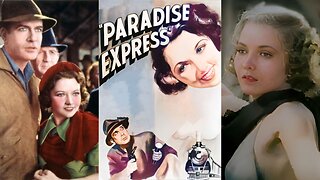 52:36
52:36
Lost n Found Films
3 months agoPARADISE EXPRESS (1937) Grant Withers & Dorothy Appleby | Action, Adventure, Comedy | COLORIZED
75 -
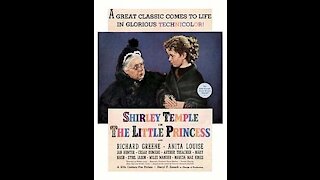 1:32:46
1:32:46
Classic Movies
2 years agoThe Little Princess (1939) | Directed by Walter Lang - Full Movie
175 -
 1:03:58
1:03:58
Wow! Channel
10 months agoThe Poor Little Rich Girl (1917), ancient movie, silent movie
69 -
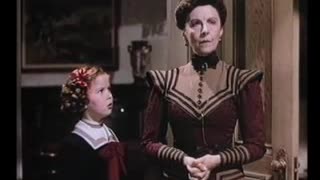 1:32:46
1:32:46
SlaveKeyboardist
1 year ago $0.01 earnedThe Little Princess (1939) Full Movie
4231 -
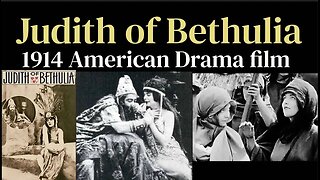 48:01
48:01
TeslaWirelessRadio
2 months agoJudith of Bethulia (1914 American Silent Drama film)
60 -
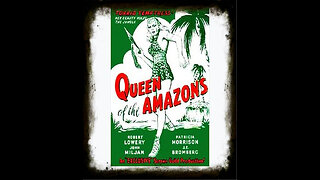 1:00:14
1:00:14
VintageConnoisseur Presents
11 months agoQueens Of The Amazons 1947 | Classic Adventure Drama| Vintage Full Movies | Action Drama
148 -
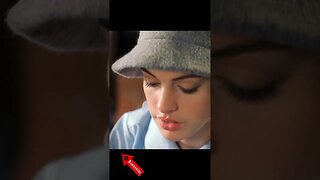 0:20
0:20
shameenp
1 year ago❤️best movie scene ❤️The Princess Diaries 2001.#AnneHathaway #JulieAndrews #ComingOfAge #Royalty
80 -
 1:11:49
1:11:49
TeslaWirelessRadio
28 days agoThe Little Shop of Horrors (1960 American Horror Comedy film)
63 -
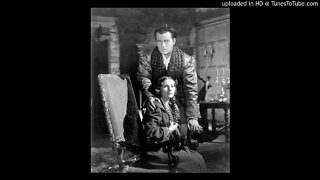 58:20
58:20
Chesterton Radio
4 years agoJane Eyre - Orson Welles & Loretta Young - All-Star Radio Dramas of Classic Films - Lux Radio Theate
311